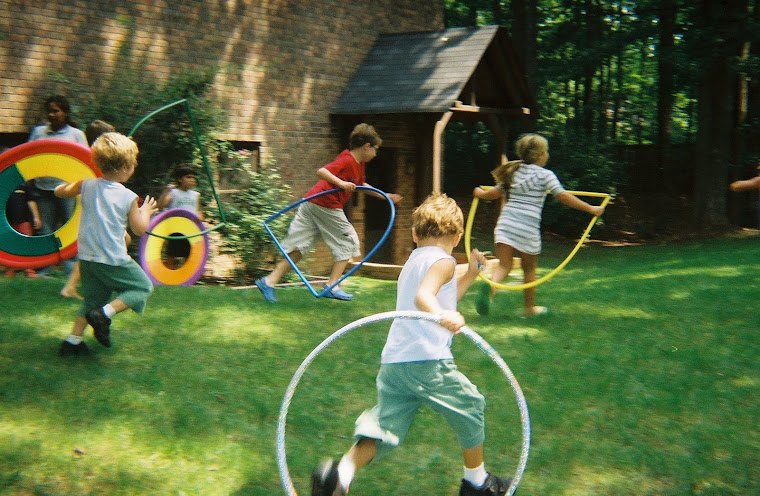Spontaneous brain activity
measurably changes after a person learns a new task.
Spontaneous
brain activity formerly thought to be "white noise" measurably
changes after a person learns a new task, researchers at Washington University
School of Medicine in St. Louis and the University of Chieti, Italy, [Proceedings of the National Academy of
Sciences, 106:17558-17563].
Scientists
also report that the degree of change reflects how well subjects have learned
to perform the task.
"Recent
studies have shown that in the absence of any overt behavior, and even during
sleep or anesthesia, the brain's spontaneous activity is not random, but
organized in patterns of correlated activity that occur in anatomically and
functionally connected regions," stated senior author Maurizio Corbetta,
MD, Norman J. Stupp Professor of Neurology. "The reasons behind the
spontaneous activity patterns remain mysterious, but we have now shown that
learning causes small changes in those patterns, and that these changes are
behaviorally important."
At the
start of the experiment, Corbetta, graduate students Chris Lewis and Antonello
Baldassarre and their colleagues in Italy used functional connectivity magnetic
resonance imaging to scan the spontaneous brain activity of 14 volunteers as
they sat quietly.
Next,
researchers scanned the subjects as they spent one to two hours a day for five
to seven days learning to watch a display inside the MRI scanner for the brief
presence of an inverted "T" in a specific part of the screen. Two
sets of brain areas were particularly active during the task: part of the
visual cortex that corresponded to the portion of the visual field where
subjects were looking for the "T", and areas in the dorsal part of
the brain involved in directing attention to the location on the screen.
After the
visual training, scientists again scanned the subjects' brains while they did
nothing.
When the
subjects rested at the start of the experiment, spontaneous activity in the two
parts of the brain that are important to the visual task was either not linked
or weakly correlated, with the two regions involved in the upcoming task only
occasionally being active at the same time. After learning, though, each region
was more likely to be active when the other region wasn't. Subjects who were
more successful at the task exhibited a higher degree of this
"anti-correlation" between the two regions after learning.
Corbetta
suggested this learning-induced change in the brain's spontaneous activity may
reflect what he calls a "memory trace" for the new skill. The trace
makes it easier to use those parts of the brain together again when the same
challenge recurs.
"It's
as though these two brain systems are learning to get out of each other's
way," he said. "After learning, the brain can identify the targets at
a glance in a way that requires less direct attention and thus less interaction
between the regions involved in the task."
In
addition to helping "grease" anatomical connections between different
brain regions, Corbetta speculates that the changes in spontaneous brain
activity may maintain a record of prior experience that constrains the way the
same circuitries are recruited at the time of a task.
"This
suggests that disruption of spontaneous correlated activity may be a common
mechanism through which brain function abnormalities manifest in a number of
neurological, psychiatric or developmental conditions," he said.
Funding
from the European Community's Seventh Framework Programme, the National
Institute of Mental Health, the National Institutes of Health, and the Third
PhD Internationalization Program of the Italian Ministry of University and
Research supported the research.
From Advance for OT 2009
|
|
